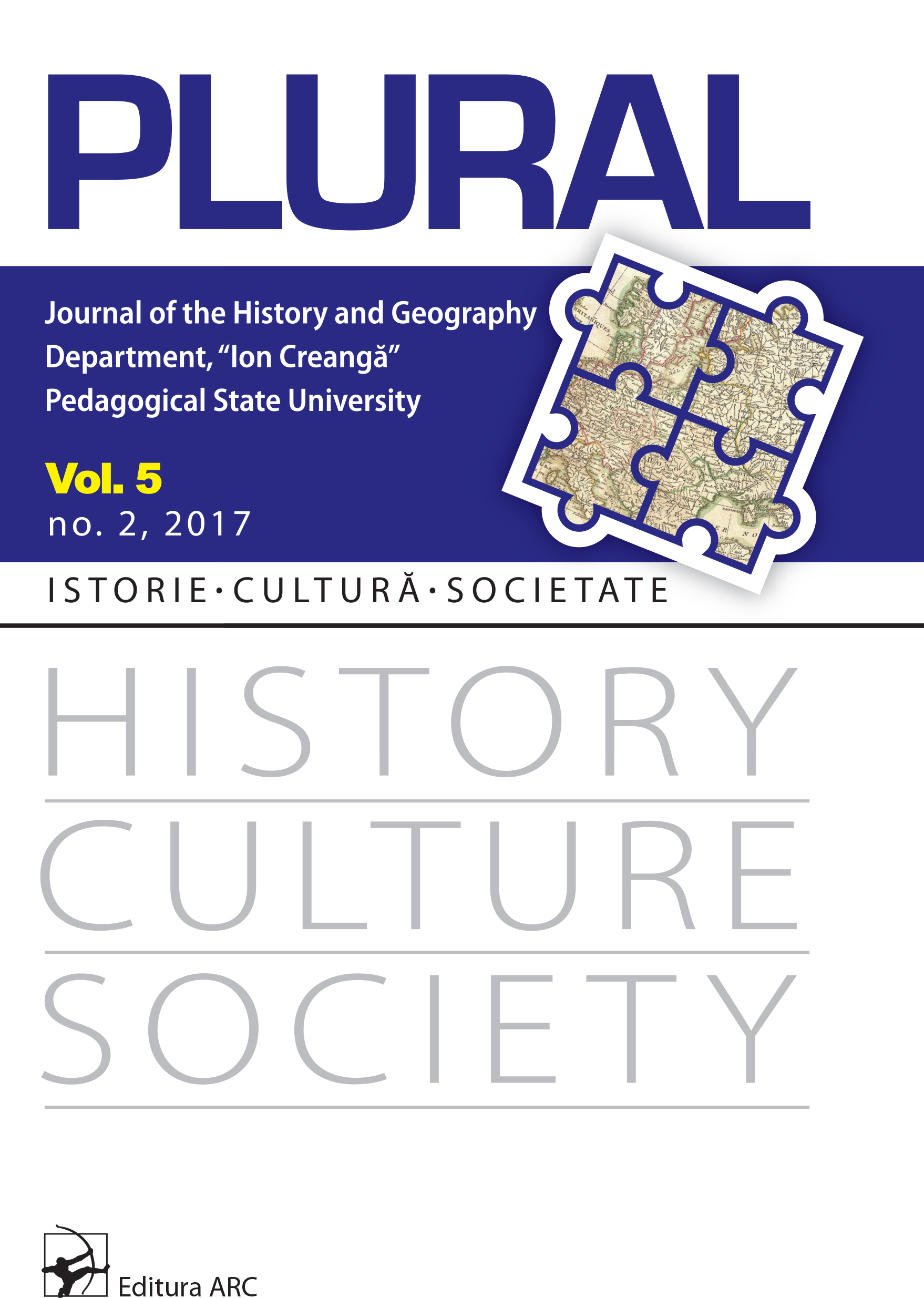Pottery found at the Horodca Mică and Ulmu Iron Age settlements – results of archaeoceramological analysis
Pottery found at the Horodca Mică and Ulmu Iron Age settlements – results of archaeoceramological analysis
Author(s): Małgorzata Daszkiewicz, Michael Meyer, Octavian Munteanu, Vasile IarmulschiSubject(s): History, Archaeology, Ancient World
Published by: Facultatea de Istorie și Geografie, Universitatea Pedagogică de Stat „Ion Creangă”
Keywords: Pre-Roman Iron Age; Getic culture; Poieneşti-Lukaševka culture; pottery; archaeoceramology; archaeometry; ceramic technology; MGR-analysis
Summary/Abstract: One of the major questions of the Pre-Roman Iron Age settlements in the East part of the Carpathians Region is the relationship between the Getic culture and the Poieneşti-Lukaševka culture. There are any connections between the settlers of both cultures, or are we dealing with a demolition of the settlements and a complete resettlement by ”immigrants” from the north part of Europe? The” getics” pottery in the settlements of the Poieneşti-Lukaševka culture speaks against a radical discontinuity, the extensive restructuring of the settlement system, the new burial grounds and ceramic molds are used for a far-reaching resettlement. The following article assumes that the destruction of settlements and new immigration can be seen in a clearly evident change in ceramic technology and the associated supply of raw materials. It is assumed that extensive continuities in the production of ceramics require an undisturbed knowledge transfer between the actors, which cannot be the case in a complete new settlement. In particular, this can be traced back to archaeometric analyzes of ceramics, whereby local or non-local sound supply, leaning, sound processing and burning techniques have meaning. For this reason, ceramics of the two cultures of two neighboring settlements – Ulmu (Ialoveni District, Republic of Moldva – Poenesti-Lukasevka culture) and Horodca Mică (Hincesti district, Republic of Moldova, Getic culture) – were examined for these parameters.
- Issue Year: 5/2017
- Issue No: 2
- Page Range: 32-74
- Page Count: 43
- Language: English

